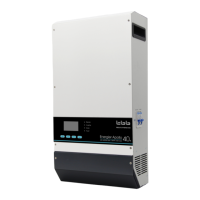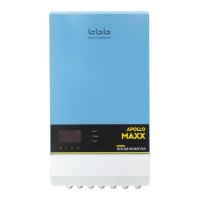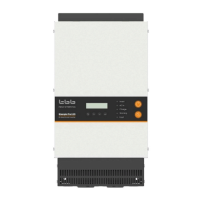What to do if the alarm LED lights up on my TBB Inverter?
- RRebecca YoungAug 12, 2025
If the alarm LED is lit, consult the LCD alarm interface for details. This may be due to several reasons: * The DC input is under voltage: Charge the battery or check the battery connections. * The ambient temperature is too high: Place the inverter in a cool and well-ventilated room, or reduce the load. * The load on the inverter is higher than the nominal load: Reduce the load.




